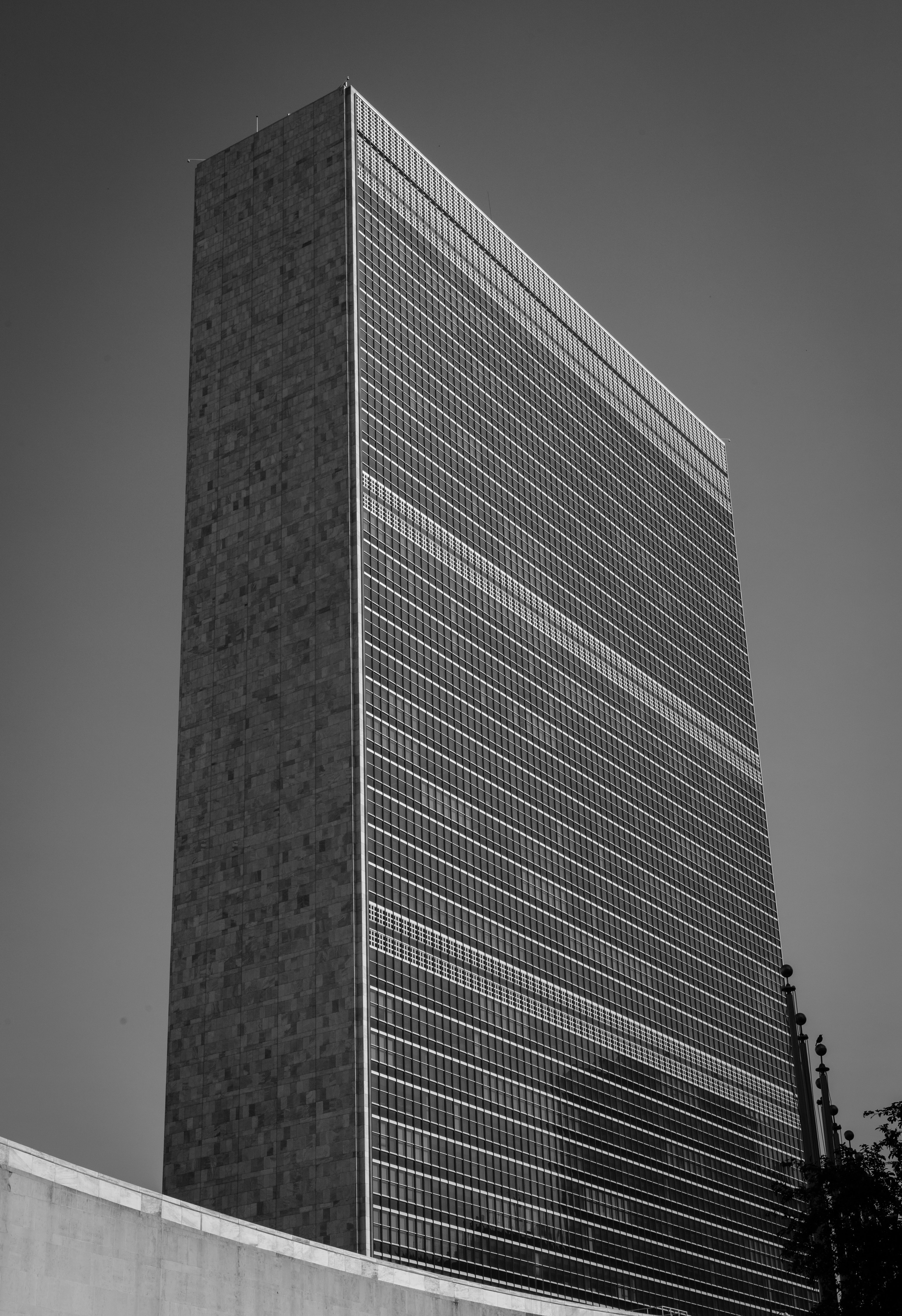
The Beginning
Although historians disagree on the exact date of the beginning of Modernism, most acknowledge that it began sometime in the last half of the nineteenth century. Western societies were attempting to recover from more than five decades of war and revolution. The idea that society could not advance as it then existed was becoming prevalent and many were questioning the rationale of Enlightenment thinking. The technological advances of the ongoing industrial revolution had become a prominent factor throughout all of western civilization. The great minds of this period (Charles Darwin, Sigmund Freud, Karl Marx, and Albert Einstein along with many others) were providing fresh new theories, observations, and discoveries for the population’s consideration. It was the combination of these elements, plus the increasingly widespread belief that the traditional way of doing things was outdated for the current socio-economic circumstance, that spurred Modernism. People began to reject the prevailing trend of conservative customs and traditions and, instead, opt for more progressive methods and resources. By the late nineteenth century it was apparent that western civilization had become a modernistic society. As new ideas permeated every part of western culture, diverse experts in design quickly responded with fresh new concepts, techniques, and materials.
Modernism
The Modernism movement produced notable talent throughout its creative disciplines with Monet, Picasso, Matisse, and Manet in art; Gertrude Stein, T.S. Eliot, and James Joyce in literature; Frank Lloyd Wright, Le Corbusier (Charles-Édouard Jeanneret-Gris), and Ludwig Mies van der Rohe in architecture. Architectural design shifted from using the ornamental styles and impractical designs of Baroque and Neo-Classical Architecture to minimalistic and functional design that discarded the flamboyant ornamentation of earlier periods. There was a focus on utilizing available new materials -- plate glass, cast iron and reinforced concrete – as well as the most recent scientific knowledge to address both the unavailability of affordable land and the rapidly increasing population in newly established cities. Architects reacted to this pair of challenges by employing new processes and materials in order to build vertically rather than horizontally. In 1883 the first steel-framed “skyscraper” was unveiled in Chicago. Dubbed the Home Insurance Building the structure was ten stories tall and designed by William Le Baron Jenney. Auguste Perret and Le Corbusier pioneered the use of reinforced concrete as an economical building material for use in both commercial as well as residential development. In the early years of Modern Design it was common to use new materials yet traditional ornamentation as a method to gain the acceptance and confidence of the general public.
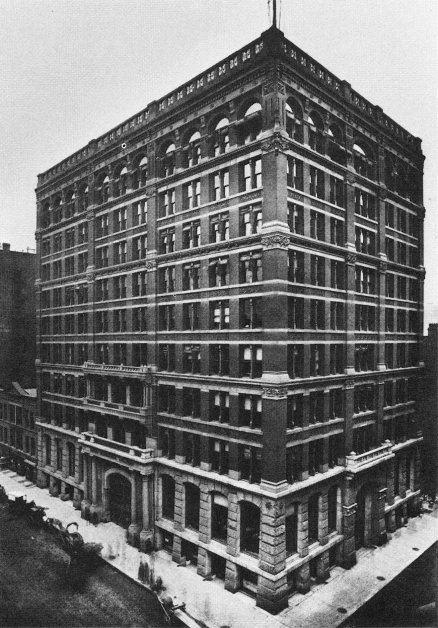
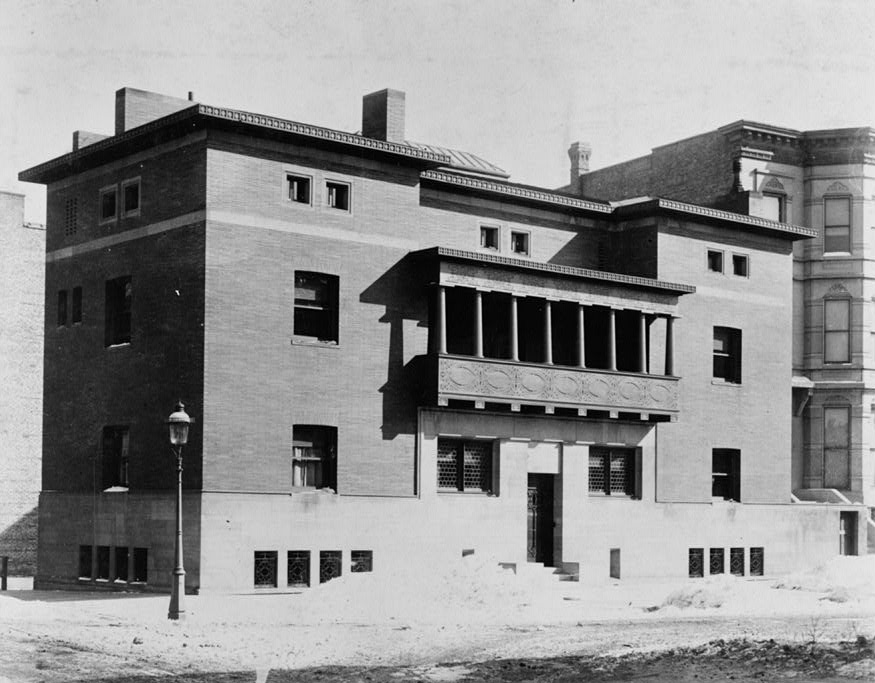
Modern Design
Soon the momentum of Modernism overcame the remaining doubts of the majority and the new designs and styles became the norm for the era. When Modernism ended is still a subject under debate. Some historians believe the movement ended in the late 1930s while others maintain it was in force until the late 1960s. There are also those who believe that we are still in the Modern Design age. While it can be argued when and if Modernism has ended, there is no doubt that it is a very significant period in history.
Le Corbusier
Charles-Édouard Jeanneret was born in 1887, in a small, remote city located in a mountainous area of Switzerland near the border of France called La Chaux-de-Fonds. Better known to the world as Le Corbusier, he is considered one of the pioneers of Modern Architecture. During his more than fifty-year career he was recognized as an architect, urban planner, designer, painter, and writer. Seventeen of his designs were added to the list of UNESCO World Heritage sites in 2016. He has work located in both North and South America, as well as India, Japan, and Europe. Some of Le Corbusier’s most prominent designs include Notre Dame du Haut in Ronchamp, France; the Palace of Assembly, Chandigarh, India; and the Villa Savoye in Poissy which is outside of Paris. One of his most celebrated collaborations is the United Nations Secretariat Building in Midtown Manhattan, New York City. Le Corbusier demonstrated his urban planning abilities by submitting the master plan for the city of Chandigarh, India along with designs for several of the government buildings there. This was his largest work. During his lifetime, Le Corbusier shaped the course of modern architecture throughout the world. His innovative use of reinforced concrete has been instrumental in the evolution of urban planning and development. He died in 1965 at the age of 77 and will be remembered as one of the founding fathers of the Modern Design movement.
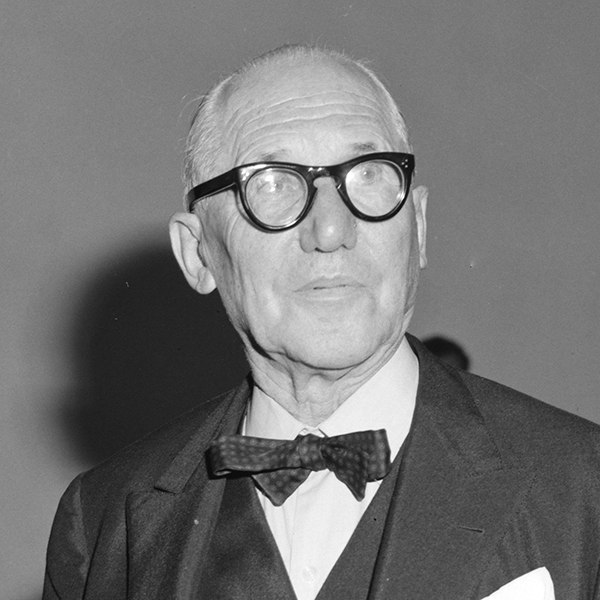
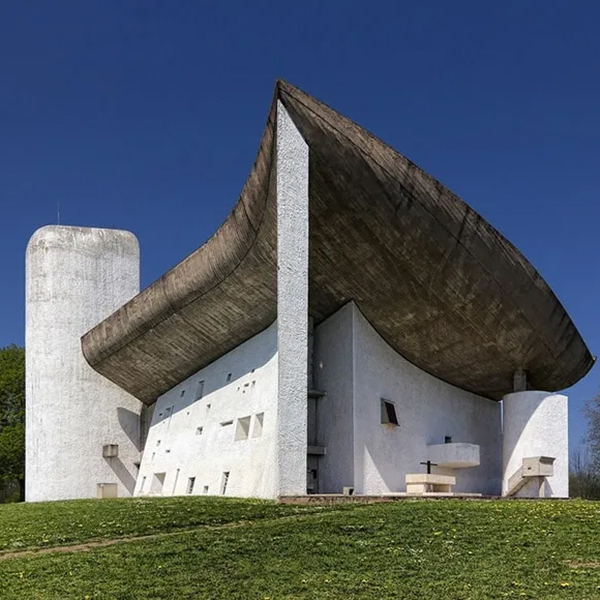
Frank Lloyd Wright
Frank Lloyd Wright was born in Richland Center, Wisconsin in 1987. For over 70 years he influenced twentieth-century architecture not only as an architect, but also as a designer, educator, and writer. Of the over 1000 structures he designed, Fallingwater, a private home in Pennsylvania, is commonly associated with Wright. This project exemplifies his philosophy of designing structures in harmony with the environment. The Solomon R. Guggenheim Museum in New York City, however, is the architect’s most well-known achievement. The structure, cast in concrete, features a helical main gallery surrounding a skylight and is an example of Wright’s organic style in an urban setting. Wright referred to the building as an “Archeseum… a building in which to see the highest”. The Guggenheim Museum was the architect’s last major work, he died just prior to its opening. Fallingwater and The Guggenheim Museum are two of Wright’s eight buildings included on the list of UNESCO World Heritage Sites. Frank Lloyd Wright created inventive modern designs which led to his being recognized in 1991 as the greatest American architect of all time by the American Institute of Architects.
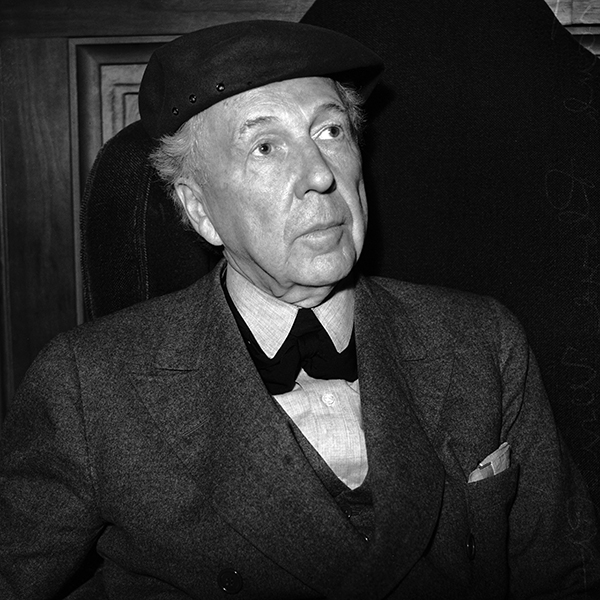
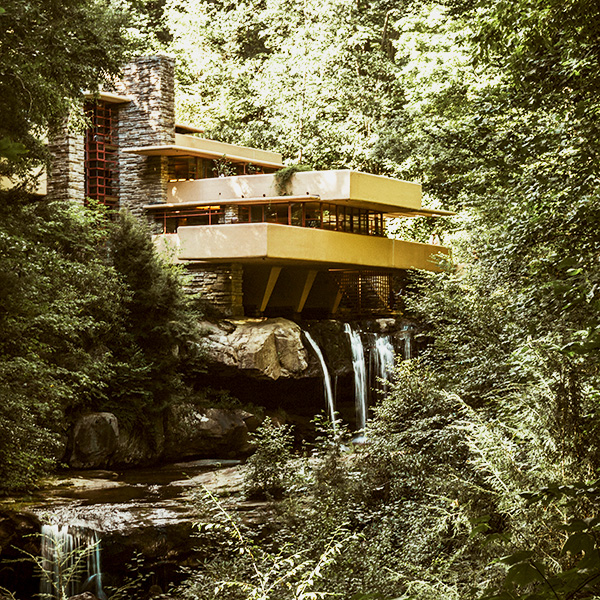
Sources
- https://en.wikipedia.org/wiki/Modernism
- https://www.invaluable.com/blog/what-is-modernism/
- https://resources.saylor.org - Modernism pdf
- https://en.wikipedia.org/wiki/Modern_architecture
- https://www.mymove.com/home-inspiration/architectural
- https://en.wikipedia.org/wiki/Auguste_Perret
- https://en.wikipedia.org/wiki/Le_Corbusier
- https://en.wikipedia.org/wiki/Frank_Lloyd_Wright
- https://commons.wikimedia.org/wiki/Main_Page
- https://unsplash.com/